6. Nebraska (Alexander Payne, 2013)
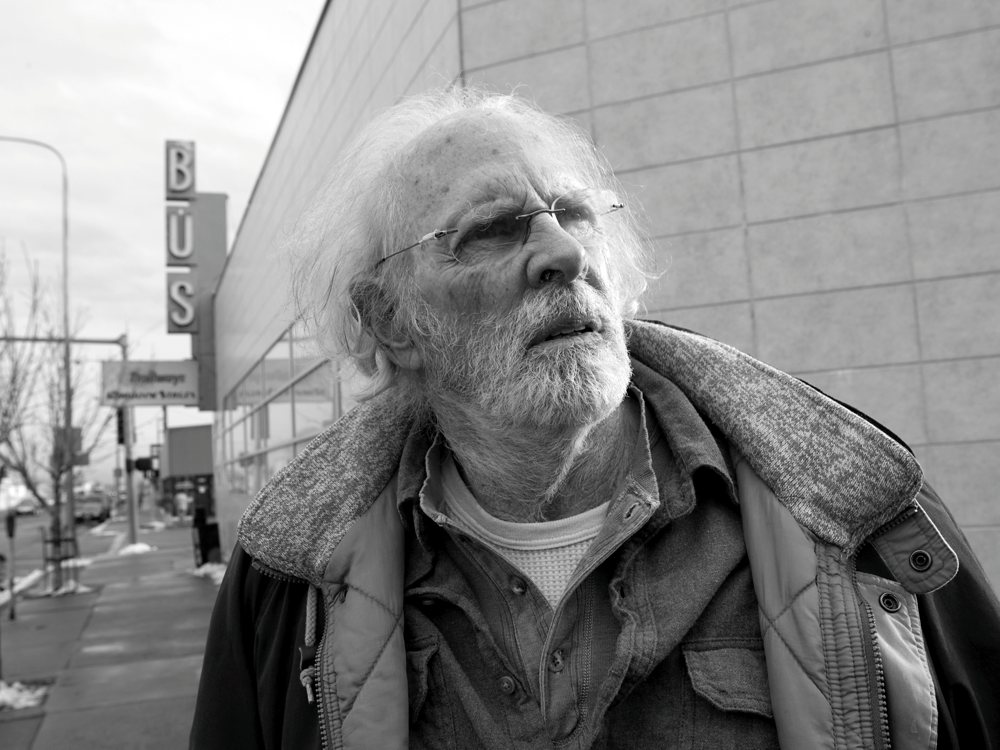
An integral part of the rich cinematic legacy is the film Nebraska, crafted by the talented director Alexander Payne. This exquisite cinematic masterpiece, based on a screenplay by Bob Nelson, is sure to captivate your attention. It serves as an outstanding example of a dramatic comedy that delves deep into the intricacies of the human soul. The film tells the story of Woody Grant, an elderly protagonist who firmly believes he has won a million-dollar lottery prize. However, his claims are met with skepticism by those around him. Determined to help his father gain recognition and claim his well-deserved reward, Woody’s attentive son, David, embarks on an unforgettable journey from Montana to Nebraska.
Director Alexander Payne masterfully portrays the depths of human emotions and the complexities of familial relationships on screen. Through subtle humor and keen observation, he sheds light on the sincerity and vulnerability of the characters. Bruce Dern’s portrayal of Woody Grant and Will Forte’s depiction of David brilliantly capture the intricacies of the father-son relationship, leaving a lasting impact with their exceptional acting abilities.
One of the key cinematic features of Nebraska is the deliberate choice of a black-and-white color palette, which gives the film with a distinct aesthetic and emotional depth. The black-and-white cinematography reflects the peaceful and serene aspects of life in rural American provinces, conveying a sense of simplicity, authenticity, and drawing attention to the details, emotions, and experiences of the characters.
The absence of color allows the viewer to focus on the profound nature of human relationships and to experience their immediacy. The black-and-white palette visually enhances the theme of aging and passaging years, evoking a nostalgic and temporal perspective. It also removes the narrative from real-time, making it universal and highlighting the deeper aspects of human existence. Nebraska not only presents individual character narratives but also raises thought-provoking questions that resonate with each of us. How do we evaluate and recognize the worthiness of others? What truly makes our lives meaningful and fulfilled? These themes permeate the narrative, compelling us to contemplate our own values and place in the world.
7. Ida (Paweł Pawlikowski, 2013)
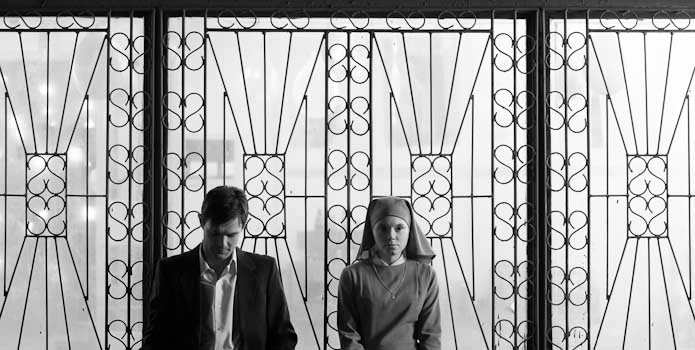
The film Ida, directed by Paweł Pawlikowski in 2013, is an outstanding example of cinematic art that leaves a profound impression. This Polish-Danish-British film rightfully received many awards, including the prestigious Academy Award for Best Foreign Language Film. Ida tells the story of a young Polish nun named Anna, whose life is turned upside down when she discovers her Jewish heritage. Alongside her aunt, she embarks on a journey to uncover her past, which leads her to confront the tragic and cruel themes of World War II and the Holocaust.
One of the remarkable aspects of the film is its distinct visual style. The black-and-white palette envelops the work, creating an atmosphere rich in emotional depth. The camera positioning, unconventional angles, and framing serve as means through which the director conveys the complexity of the characters ’inner worlds. Using cinematic techniques and silence becomes an instrument through which the philosophical aspects and aesthetic sophistication of the film unfold. At the core of Ida are questions of identity, faith, and collective memory, examined with deep immersion.
Director Paweł Pawlikowski succinctly describes his intention in creating this film: “I try to make films that go deeper than image, films that put the viewer into a meditation.” Through his work, he strives to achieve not only a superficial impact on the audience but also to immerse them in contemplation and evoke profound reflection. Thus, Ida is a work of art capable of penetrating the viewer’s soul, deepening their understanding of cinema, and raising important humanitarian questions. This film leaves an unforgettable impression, allowing us to see the world through new eyes and feel its emotional power.
8. The White Ribbon (Michael Haneke, 2009)
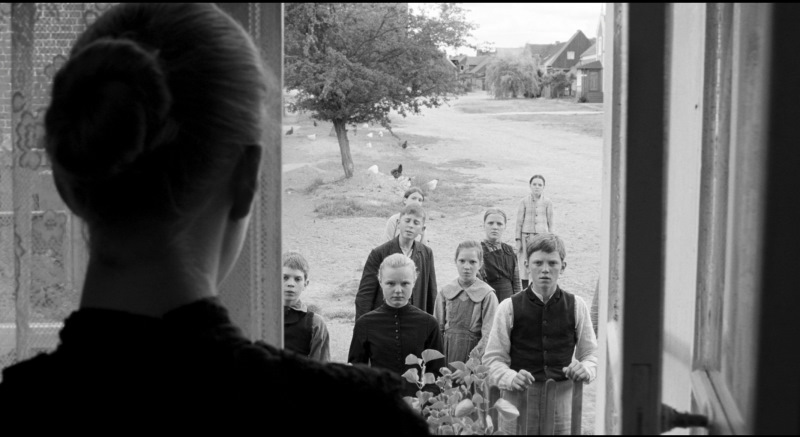
What lies behind the mysteries of human nature? What dark shades of society can be discovered beneath the surface? What are the consequences of suppressing freedom and individuality? These and many other questions are explored in the film The White Ribbon. In this captivating cinematic masterpiece by director Michael Haneke, there is no color, but there is a soul.
This German-Austrian film awarded the prestigious Palme d’Or at the Cannes Film Festival, is not only a remarkable example of 21st-century cinema but also an exploration of the dark corners of human psychology and morality. The White Ribbon possesses a distinct aesthetic style and immerses the audience in the enigmatic and cruel society of a small German village before World War I. A series of seemingly unrelated and inexplicable events, initially perceived as pranks, progressively grows more sinister, targeting the village’s upper class. As the events escalate, the villagers suspect that someone is deliberately causing them harm.
Director Haneke skillfully employs a black-and-white color palette and meticulous direction to convey the atmosphere and tension of the unfolding events. He delves into questions of power, suppression, and morality, leaving viewers with a lingering contemplation of the human soul. The White Ribbon speaks the language of cinema, employing a slow pace and subtle shots to convey emotions and highlight nuanced aspects of the narrative. It weaves together a visually stunning cinematic experience that engrosses the audience and sparks an interest in the exploration of moral and ethical questions related to society and violence.
The White Ribbon has been met with enthusiastic critical acclaim and rightfully garnered numerous prestigious awards, including a Golden Globe and a BAFTA for Best Foreign Language Film. This film leaves an indelible impression with its unique style and profound understanding of the human condition, firmly establishing it as an integral part of the cinematic canon of the 21st century.
9. Roma (Alfonso Cuarón, 2018)
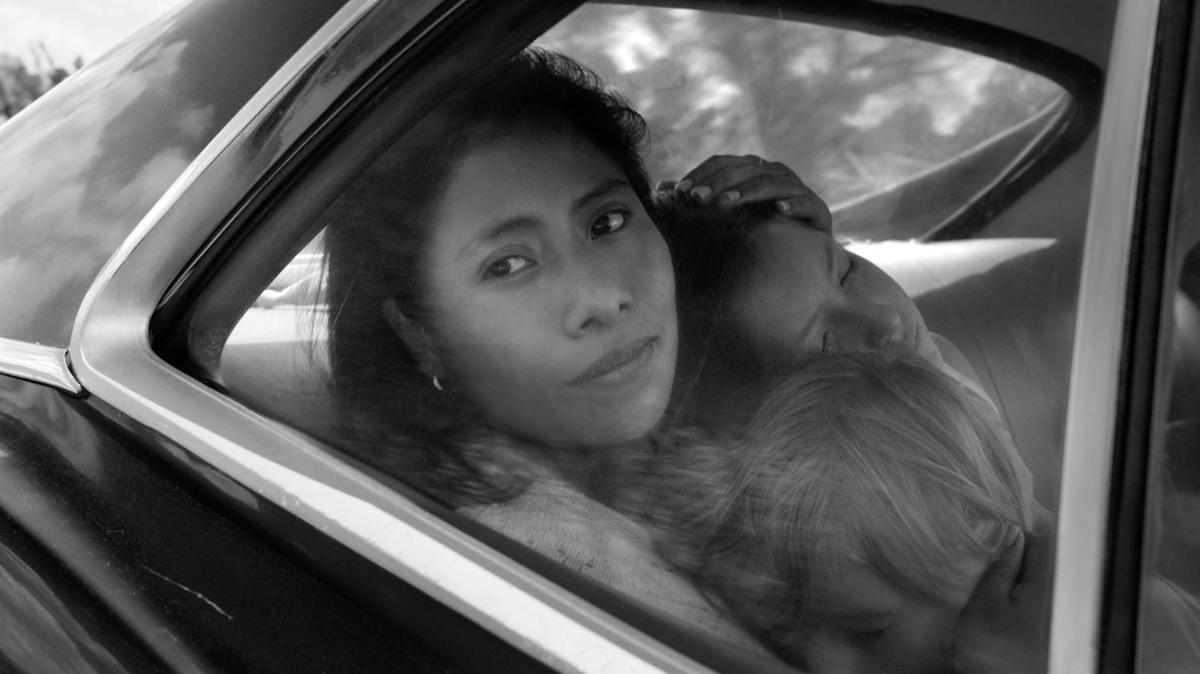
Roma directed by Alfonso Cuarón, is a film that has garnered tremendous attention in the world of cinema. Set in 1970s Mexico, specifically in the Roma neighborhood, the film is a semi-autobiographical reflection of Cuarón’s own childhood. Nominated for several prestigious awards, including an Oscar for Best Picture, Roma is a splendid example of high cinematic art.Cuarón’s decision to shoot the film in black and white was a deliberate artistic choice that carries profound cinematic implications. The absence of color allows for a heightened focus on composition, lighting, and textures, immersing the viewer in the minutest details of each scene. Furthermore, the black and white aesthetic evokes a sense of nostalgia, establishing a connection to the era being recreated in the film.
On the other hand, Roma explores socio-political dynamics and personal experience, with Cleo, a maid in a middle-class family, at the heart of the story.. At the heart of the story is Cleo, a maid in a middle-class family, and the film touches upon themes of social hierarchy, gender roles, and political instability. Through Cleo’s eyes, the viewer becomes a witness not only to her personal journey, but also to the broader panorama of Mexican society during that time. Cuarón masterfully weaves these stories together, creating a profound reflection of the human condition.
Roma has received widespread acclaim for its precision craftsmanship, emotional depth, and powerful performances. The film captured the Golden Lion at the Venice Film Festival and serves as an example of promoting Spanish-language cinema to an international audience.
As a testament to Cuarón’s directorial prowess and his ability to captivate viewers through innovative storytelling techniques, Roma stands as a significant achievement in the world of cinema. And if you still have any lingering doubts about whether to watch it or not, the answer is a resounding yes! Roma is not just a film; it is a cinematic experience that transcends traditional boundaries. Its deliberate use of black and white cinematography, combined with its exploration of complex social dynamics and personal stories, elevates it to the realm of art. By immersing viewers in a world of vivid emotions Cuarón invites us to contemplate the past, present, and future through the prism of his personal memories and universal truths.
10. Brand upon the Brain! (Guy Maddin, 2006)
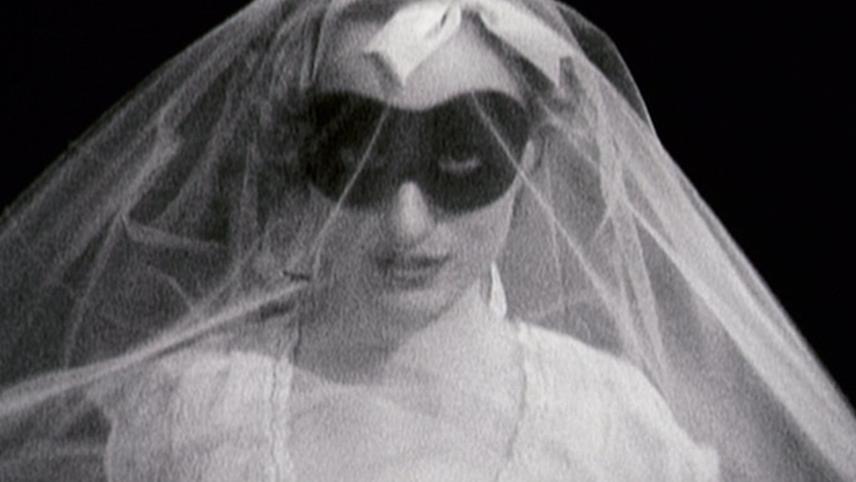
Brand upon the Brain! – Without a doubt, one of the finest black-and-white films of the 21st century and deserves a prominent place in every cinephile’s list. Director Guy Maddin has created a magnificent example of contemporary experimental cinema, a true masterpiece that combines elements of silent film, avant-garde, and fantasy storytelling.
The narrative of Brand upon the Brain! follows the main protagonist, who returns to his homeland to reconstruct his memories of family and the enigmatic island of his childhood. The film delves into profound themes such as family secrets, sexuality, desire, and the loss of innocence. Maddin’s unique visual style and directorial techniques, including the alternation between color and black-and-white imagery, mastery of light and shadow, and creative editing, create a feverish and hallucinatory atmosphere that envelops the entire film.
The choice of black-and-white aesthetics in Brand upon the Brain! holds significant cinematic value. Maddin deliberately opted for this style to evoke nostalgia and imbue the narrative with a sense of infinity. It also pays homage to silent cinema, crafting a unique and atmospheric experience that touches upon memory, family, and the mysteries of the human psyche.
The monochromatic palette enhances the film’s enchantment, emphasizing the contrast between light and shadow, and intensifying the emotional impact of each scene. Critics have regarded Brand upon the Brain! as a cinematic triumph for its originality and artistic mastery. Nearly two decades have passed, yet the film remains an essential work for cinephiles seeking to immerse themselves in the world of avant-garde and the exploration of themes such as memory, family, and the enigmas of human nature.